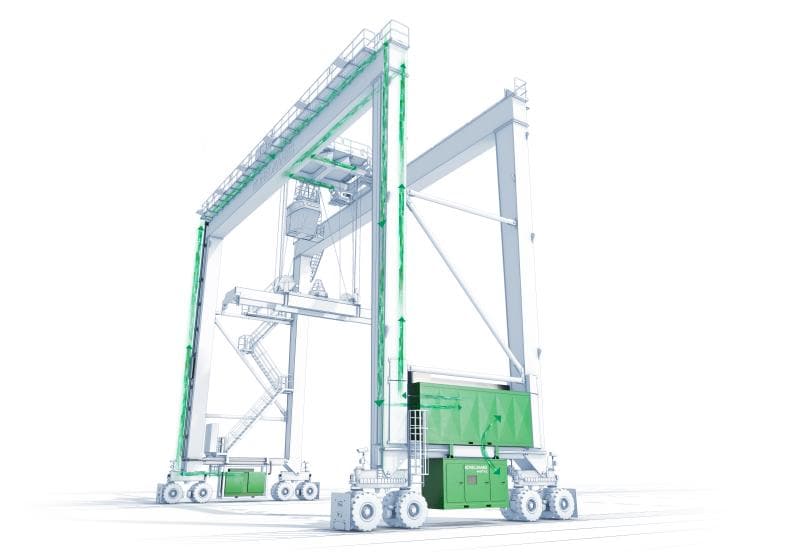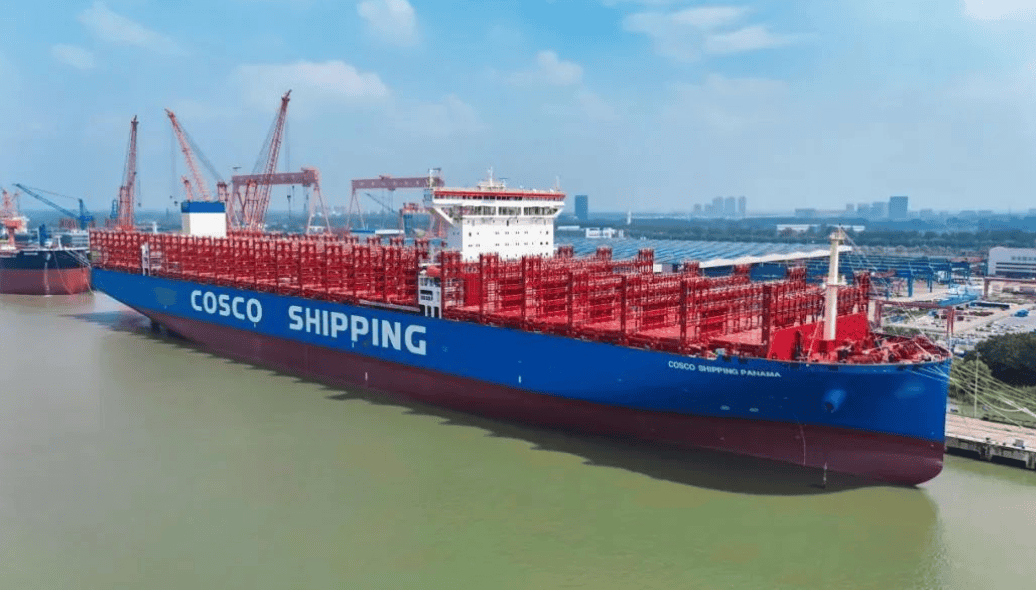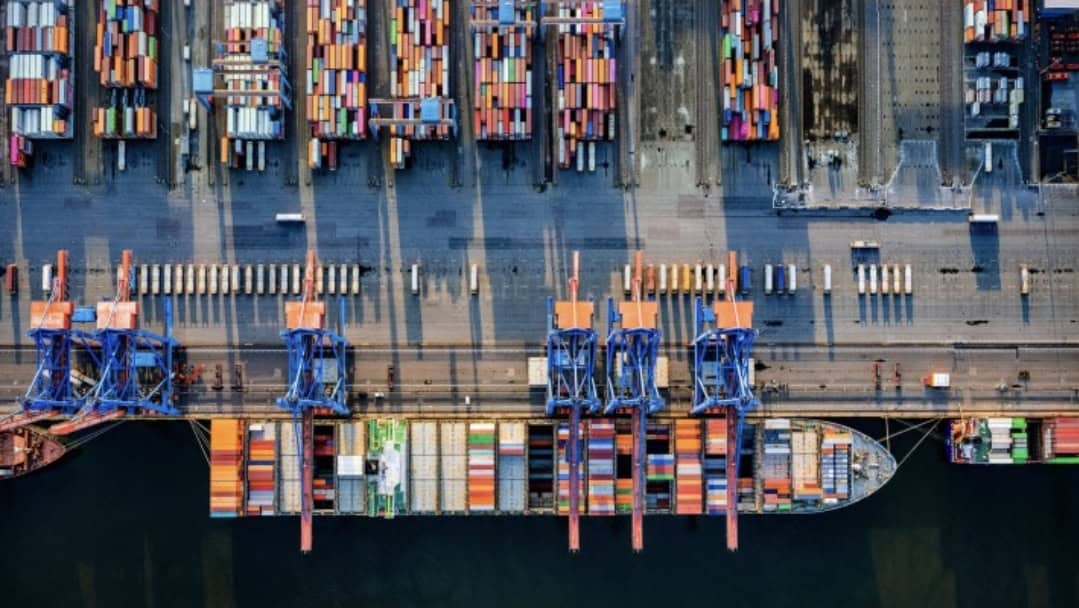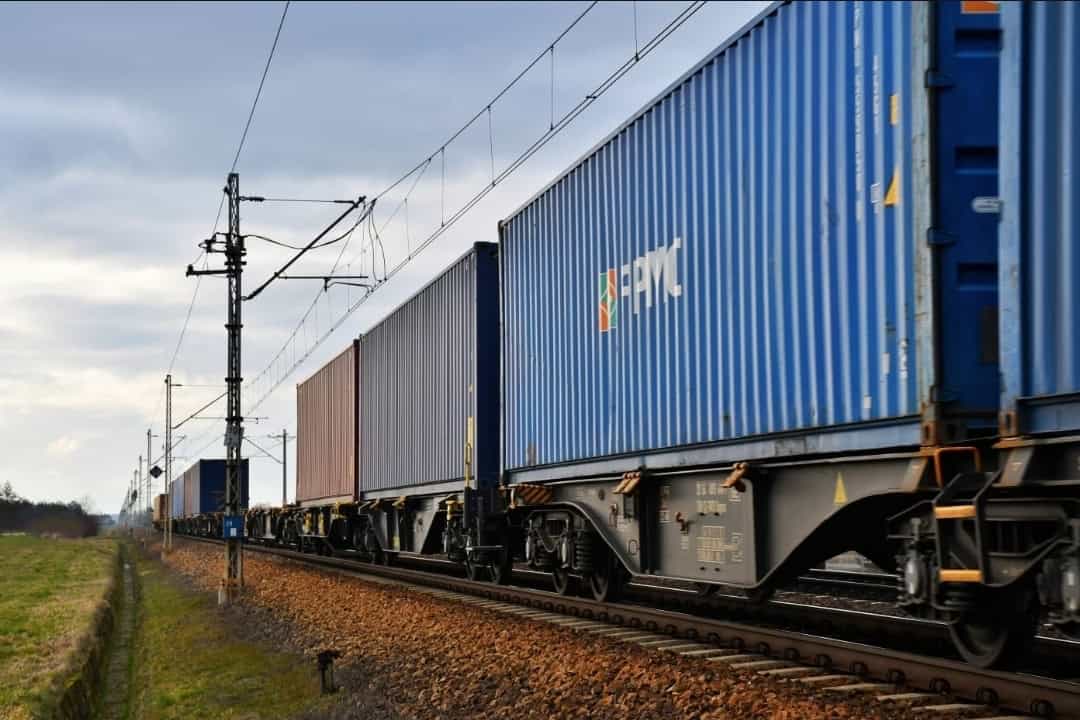Rail and port transport are today at the heart of the ecological transformation. In an era of growing pressure to reduce CO₂ emissions, container terminal operators are increasingly turning to zero-emission drive technologies. One of the most promising directions is hydrogen as a fuel for heavy cargo handling equipment. In this context, the pilot project by Konecranes and HHLA – testing a hydrogen-powered straddle carrier at Hamburg’s Container Terminal Tollerort (CTT) – is of particular importance.
What does a “hydrogen straddle carrier” mean? It is a variant of the classic straddle carrier (container handling gantry vehicle) which, powered by a hydrogen fuel cell, performs lifting, transporting, and stacking operations – with zero exhaust emissions at the point of use.
Partnership and Testing Objectives
Hamburger Hafen und Logistik AG (HHLA) has launched a dedicated hydrogen technology testing zone at its Container Terminal Tollerort (CTT). As part of the Clean Port & Logistics (CPL) cluster, which brings together more than 40 industry partners, the goal is to practically evaluate the potential and limitations of the technology under real operational conditions.
Konecranes delivered to Hamburg a prototype straddle carrier featuring a modular drive architecture: available in hybrid, fully battery-electric, or hydrogen fuel cell versions. The first demonstration hydrogen-powered machine is currently being operated at CTT.
Initial Results and Observations
According to HHLA, the initial experiences are promising: the fuel cell-powered straddle carrier responds quickly, and its performance in cargo handling operations is comparable to the hybrid version.
The hydrogen refueling station at CTT operates under procedures similar to conventional fuel bunkering, which facilitates integration of the new technology into the terminal’s existing operational infrastructure.
HHLA also emphasizes the educational aspect: dedicated training modules are being prepared to ensure knowledge transfer to staff and to build competencies over the long term.
Dr. Volker Windeck from HHLA stated that the project demonstrates that hydrogen-based drive systems are a viable alternative in heavy terminal machinery operations – combining efficiency with zero exhaust emissions.
Meanwhile, Hubert Foltys from Konecranes highlighted that the tests provide invaluable experience for the company: “hydrogen is an extremely promising power source … we are gaining irreplaceable experience.”
Technical Challenges and Areas for Further Research
Although the initial results are encouraging, the technology still faces several challenges:
- Hydrogen supply and storage infrastructure – for the technology to scale, stable and cost-effective hydrogen sources, as well as efficient distribution and refueling systems, are required.
- Safety and operational procedures – hydrogen requires very strict safety standards, which translates into the need for detailed procedures in the context of port and rail terminals.
- Durability of components and operating costs – fuel cells, hydrogen circuits, and supporting systems must prove their resilience under heavy use while remaining cost-effective to maintain.
- Optimization of modular drives – a key factor will be streamlining the switch between drive modes (e.g., from battery-electric to hydrogen) so that terminals can adapt vehicles to current conditions and energy prices.
Significance for Rail and Intermodal Transport
For the rail and intermodal transport sector, such tests carry several potential benefits:
- Integration of zero-emission straddle carriers into rail-port terminals, enabling seamless container handling without indirect emissions.
- Eliminating exhaust emissions within terminals improves working conditions and reduces local air quality impacts – particularly important in urban areas.
- The experience gained in Hamburg can be transferred to terminals in other logistics hubs, including Poland – both in seaports and inland intermodal hubs.
Perspectives and Recommendations
If the tests prove successful, hydrogen-powered straddle carriers could become part of a new generation of port and intermodal terminals. However, the decisive factor will be striking a balance between investment costs, operating costs, hydrogen availability, and machine reliability.
In the Polish context, it is worth closely following the further development of the HHLA/Konecranes project – and considering the potential for pilot deployments in ports such as Gdynia, Gdańsk, or Świnoujście, as well as along the rail network connecting the ports with the hinterland.



